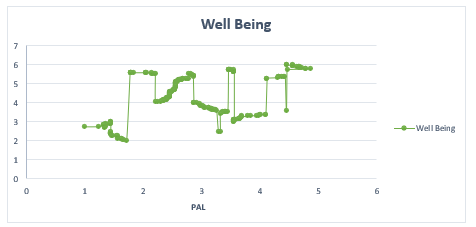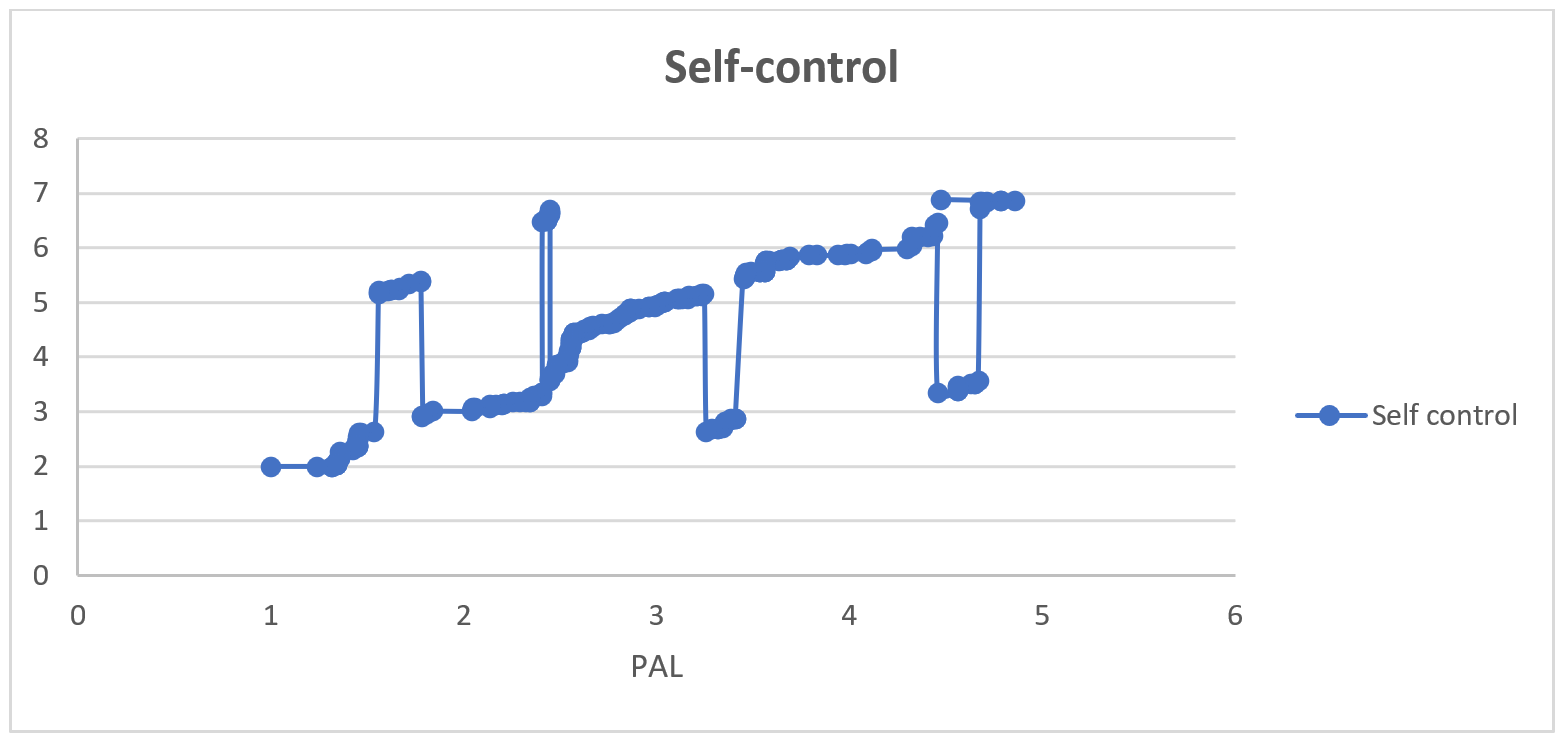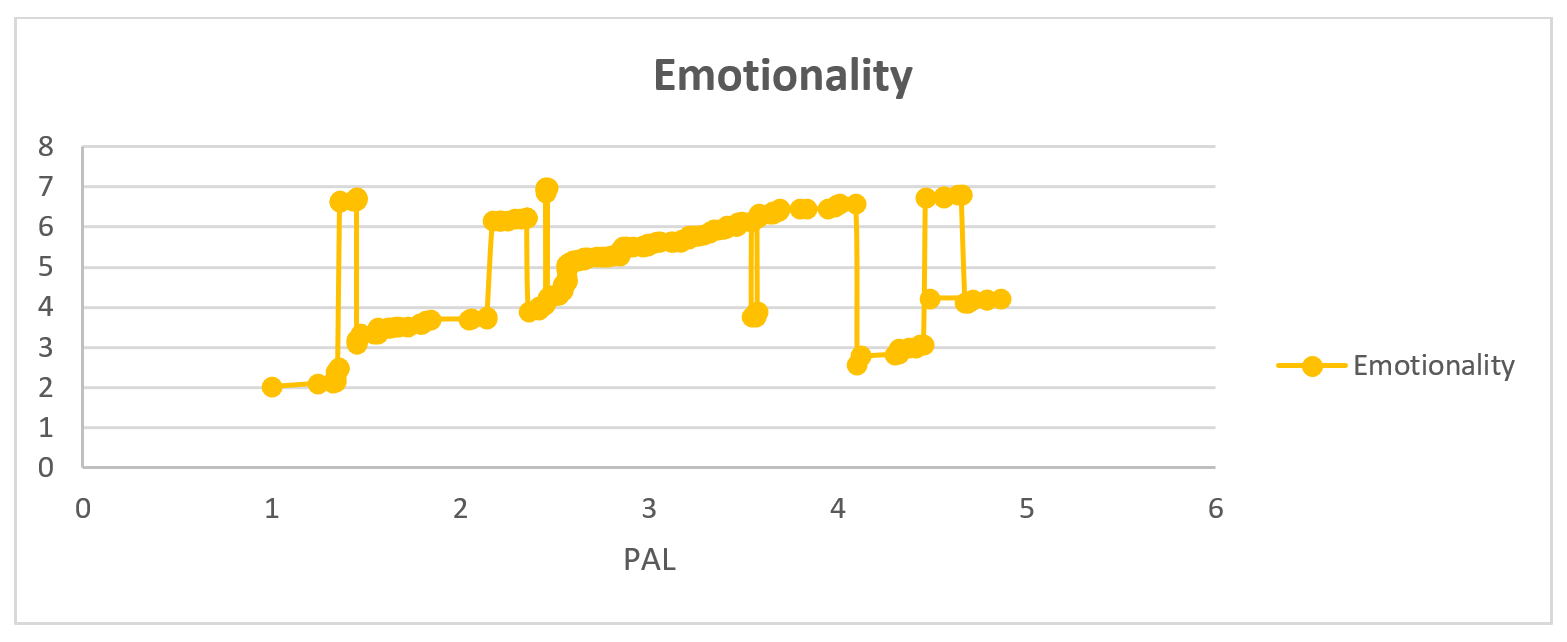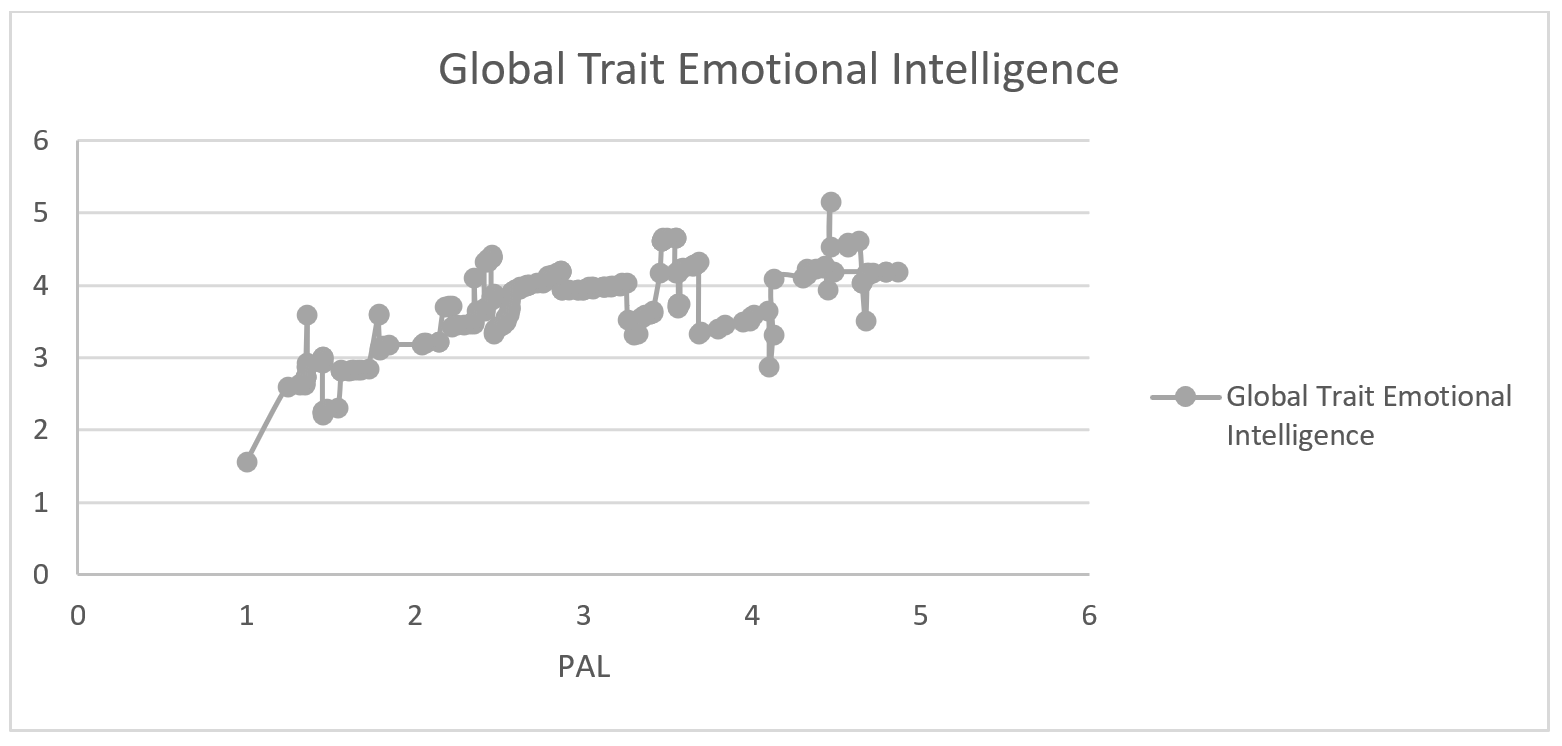Introduction
The importance of consistent physical activity has been extensively studied and established in prior research (1). Numerous studies have explored the connection between physical activity and various psychological aspects, including mental toughness, mental health indicators like anxiety and depression, bodily distress, social adjustment, mortality, and health-related quality of life (2,3,4,5,7). Additionally, emotions have been found to significantly influence sports performance (8, 9) and the levels of physical activity (11). While emotions are often considered momentary, researchers have also noted a more consistent, underlying emotional nature in individuals (9).
The concept of 'Emotional Intelligence' (EI), introduced by Goleman (1995) (10), has gained considerable attention across various research areas due to its potential impact on human performance, relationships, and overall well-being (13). In the context of leisure-time physical activity, motivation plays a vital role in sustaining engagement (4), and social interactions, such as gym buddies or fitness trainers, often influence individuals' behaviour, which can be partially guided by emotional intelligence.
Recent evidence suggests that Emotional Intelligence significantly affects sport performance (14) and physical activity levels (15). Understanding the operationalization of this concept in these contexts is crucial for practitioners seeking evidence-based interventions to improve sport performance or exercise adherence. While previous studies have examined emotional intelligence dimensions in relation to various health components and behaviours (6), most have focused on general Emotional Intelligence concerning physical activity. However, given the limited research on the link between physical activity and trait emotional intelligence, this study aims to address this gap.
Methods and Procedures
Sample and Variables
240 female adolescents were recruited from the different private and government schools to participate in the study. They were given two questionnaires: Physical Activity Questionnaire (Adolescents) to gauge their levels of physical activity, and TEIQue (Short Form) (21) to measure
the trait emotional intelligence. PAQ (A) is appropriate for administration on 13 to 19-year-olds. It consists of 8 items that provide physical activity data of the last seven days. Each item is scored on a 5-point scale.
The TEIQue (Short Form) (21) comprises 30 questions and delivers data for four sub-variables: Well-Being, Self-Control, Sociability, and Emotionality. Global Trait Emotional Intelligence scores are derived by calculating the average of its four sub-variables.
Statistical Procedure
Mean and standard deviation were calculated to express the descriptive statistics. The normality of the data was tested using the Kolmogorov–Smirnov test, which indicated that the data were skewed. Therefore, Spearman's rho, which is a non-parametric test, was used to explore the association between the levels of physical activity and global trait emotional intelligence, including its sub-variables. The significance level was set at 0.05.
Results
Table 1: Descriptive statistics of PA levels and Trait Emotional intelligence among female adolescents
Variable | Mean | Std. Deviation |
Physical Activity Levels | 2.83 | 0.94 |
Well Being | 4.25 | 1.14 |
Self-control | 4.41 | 1.36 |
Sociability | 4.87 | 1.32 |
Emotionality | 4.98 | 1.32 |
Global Trait Emotional Intelligence | 4.63 | 0.74 |
In Table 1, the mean and standard deviation values can be observed for physical activity levels, trait emotional intelligence, and its subscales within a cohort of female adolescents. The data in the table indicates that the mean and standard deviation for the variable Physical Activity Levels was 2.83±0.94; whereas it was 4.25±1.14 for Well Being, 4.41±1.36 for Self-control, 4.87±1.32


 ©
© 



